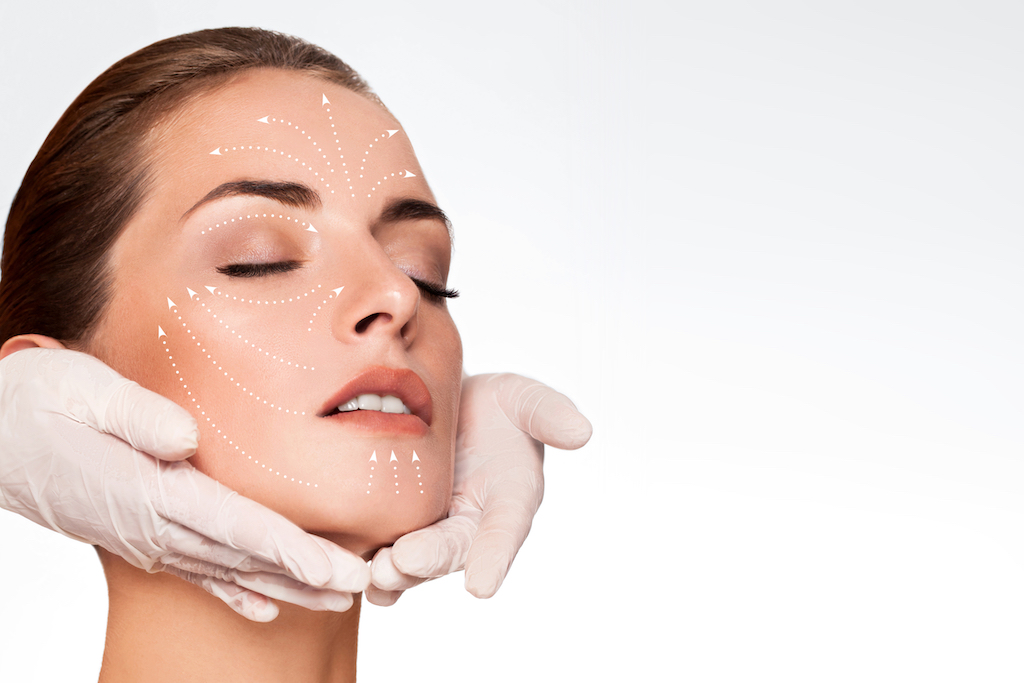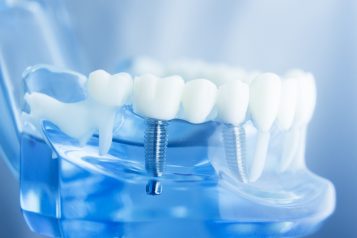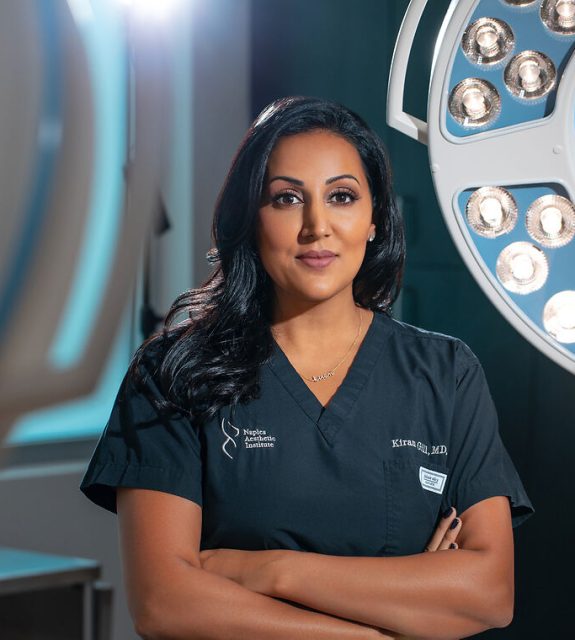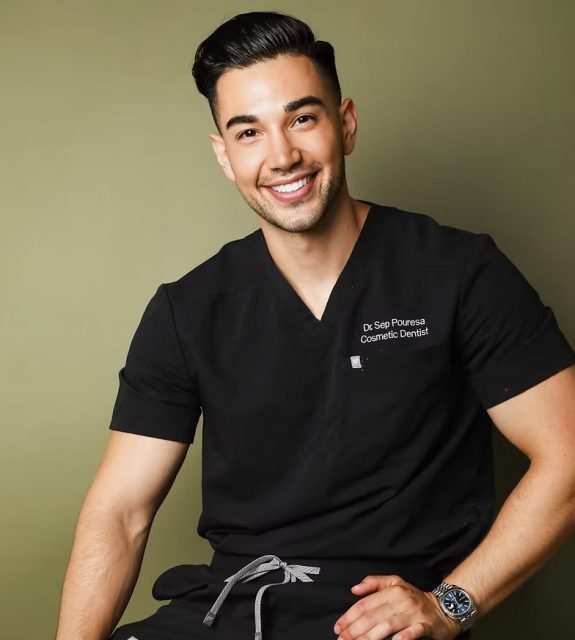 Photo Credit: Joanne Posse
Photo Credit: Joanne Posse
Dr. Jason Bloom is an award-winning, Ivy-League trained, double board-certified facial plastic & reconstructive surgeon. His extensive experience and reputable training provide the foundation for his excellent technical skills and surgical aesthetic. He is dedicated to the treatment of patients with both cosmetic concerns and reconstructive problems of the head and neck. Haute Beauty chats with Dr. Bloom to learn more about facial fat grafting to restore volume in the face.
HB: What is facial fat grafting?
This is a common procedure that I perform in the operating room in order to provide natural and long-lasting volume and rejuvenation to patients, either as a standalone procedure or in combination with other surgical procedures like lower eyelid or facelift surgery. One of the reasons that I have had excellent results with this procedure is that I am utilizing the best technology, like the Puregraft system, to help to purify and eliminate unnecessary components during the fat processing and enhance long-term fat retention.
 Photo Credit: Shutterstock
Photo Credit: Shutterstock
HB: How does facial fat grafting work?
The procedure works by first harvesting a patient’s own fat with a gentle liposuction cannula in the areas where the subcutaneous fat stores are the most prominent, such as the lower abdomen or inner thighs. The fat is then injected with syringes into the sterile Puregraft closed filtration system. At this point, the fat is washed twice with lactated ringers fluid to clean it and the fat and extraneous components are passed through a series of filters in the system to help remove contaminants like broken fat cells, oils, tumescent fluid, white & red blood cells, etc. This process eliminates around 97% of the components of the harvested fat that can lead to more inflammation and induration in the tissues after transferring the fat to the face. Once the fat has been cleaned and purified, the smooth, yellow fat is transferred into individual 1cc syringes. Finally, the processed fat is injected with small, blunt-tipped facial fat grafting cannulas into the patient’s facial tissues in areas of hollowing or volume loss.
HB: Who is the best candidate for facial fat grafting?
The best candidates for the procedure are patients that are looking for a natural facial volume and rejuvenation. Ideal patients have facial volume loss or atrophy and a mild-moderate store of donor fat to harvest for processing and transfer. The surgeon and patient must work as a team in order to discuss the process and understand the realistic expectations of the procedure. From my experience over the years doing hundreds of these procedures, I can reliably offer the patient around a 70% volume improvement in the areas discussed using this processing technique, with at least a 3-5 year retention. The fat can be permanent in most cases, but the data and studies that have been performed only are extended out to this time point. That is why I quote patients a 3-5 year longevity and volume retention, although it is most certainly longer. The results of facial fat grafting can provide significant improvement in a well-selected patient.
HB: How does the facial fat grafting procedure compare to other treatments of the same nature?
Facial fat grafting can vary greatly in the manner in which it is performed and the type of processing that the fat undergoes. Using the Puregraft system to filter and process the fat has consistently shown to lower contaminant levels in the fat, compared to centrifugation & the decanting method. This technology produces more purified and concentrated, viable adipocytes (fat cells). The purified fat leads to more reliable, consistent and long-lasting results, with less downtime, swelling, and recovery.
HB: What does recovery look like?
I usually see patients in the office for a consult before the procedure and to schedule it. Patients for stand-alone facial fat grafting procedures usually have some swelling and bruising for about a week or two and it is usually closer to the 14-day side, if the periorbital (around the eyes) are included. This is a “one and done” treatment procedure and usually not something that really needs to be repeated. Another nice part about the treatment is that this procedure is performed with only needle “pokes” and cannulas…there are no scalpels or incisions involved in fat grafting, which makes recovery significantly better than an “open” surgical procedure. Regular post-treatment visits then happen at 1 week, 1 month, 3 months & 6 months. It also varies if they have any other concomitant procedures.
For more information, visit Dr. Jason Bloom's social media:





















